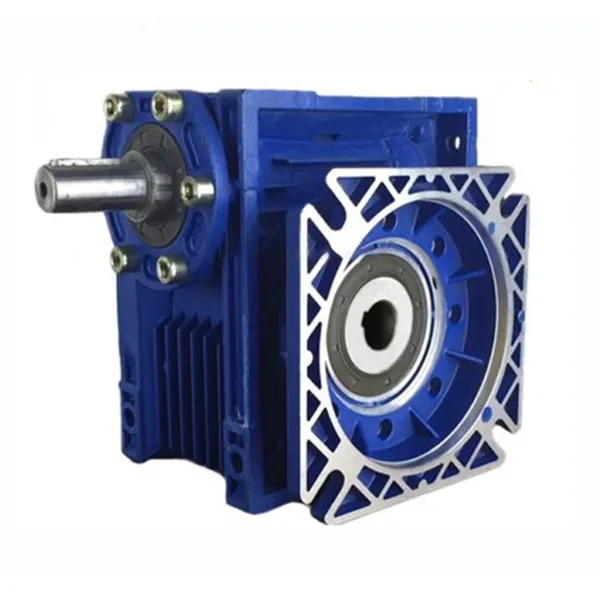Worm motors for controlling ventilation systems in smart buildings

Smart buildings have revolutionized the way we live and work. These buildings allow for intelligent automation and control, making everything from turning on the lights to controlling the temperature, easier and more convenient. Ventilation is a vital aspect of any building, and in this article, we will explore how worm motors play a crucial role in controlling ventilation systems in smart buildings.
What are worm motors?
Worm motors are a type of electric motor that uses a worm gear to transmit power and motion. This type of motor is ideal for applications where high torque and low speed are required, such as ventilation systems in smart buildings.
How do worm motors work in ventilation systems?
Worm motors are used in ventilation systems to control the opening and closing of air dampers. These dampers help regulate the flow of air into and out of the building, ensuring a comfortable and healthy indoor environment. The worm motors are connected to the dampers via a linkage, which allows for precise control of the damper position.
What are the advantages of using worm motors in ventilation systems?
There are several advantages to using worm motors in ventilation systems. Firstly, worm motors are highly efficient, as they can transmit a high amount of power with minimal energy loss. Secondly, they are durable and long-lasting, making them ideal for use in smart buildings where maintenance is difficult. Finally, worm motors provide precise control over damper position, allowing for accurate regulation of airflow.
What is a worm reducer?
A worm reducer is a type of gearbox that is often used in conjunction with worm motors. The reducer helps to increase the torque output of the motor while reducing the speed. This makes it possible to use smaller, more efficient motors while still achieving the necessary torque for ventilation system control.
How can I learn more about worm reducers?
If you want to learn more about worm reducers, check out reducer-worm.top. This site provides in-depth information about worm reducers, including how they work and their applications in various industries.

Company Products and Introduction
At our company, we are leaders in the Chinese motor market. We specialize in a variety of products, including worm motors, worm gear globoid, worm gearbox, Worm drive motor, worm reducer, and worm wheel. Our state-of-the-art production facilities include various automatic CNC machines and assembly equipment, ensuring the highest quality products for our customers. We offer competitive pricing and exceptional customer service, and we welcome custom orders based on your needs and specifications.
Q&A
1. Can worm motors be used for other applications besides ventilation systems?
Yes, worm motors are versatile and can be used in a wide range of applications, including conveyor systems, medical equipment, and industrial machinery.
2. How long do worm motors last?
Worm motors are designed to be durable and long-lasting, with an average lifespan of 25-30 years.
3. Can worm motors be repaired if they break down?
Yes, worm motors can be repaired if they break down. However, it is often more cost-effective to replace the motor, especially in situations where downtime is critical.
4. What is the difference between a worm motor and a regular electric motor?
The main difference between a worm motor and a regular electric motor is the use of a worm gear to transmit power. This makes worm motors ideal for applications where high torque and low speed are required.
5. How do I know which worm motor is right for my ventilation system?
The best way to determine which worm motor is right for your ventilation system is to consult with a qualified professional. They can help you choose the right motor based on factors such as the size of the building, the type of ventilation system, and your specific needs and requirements.
